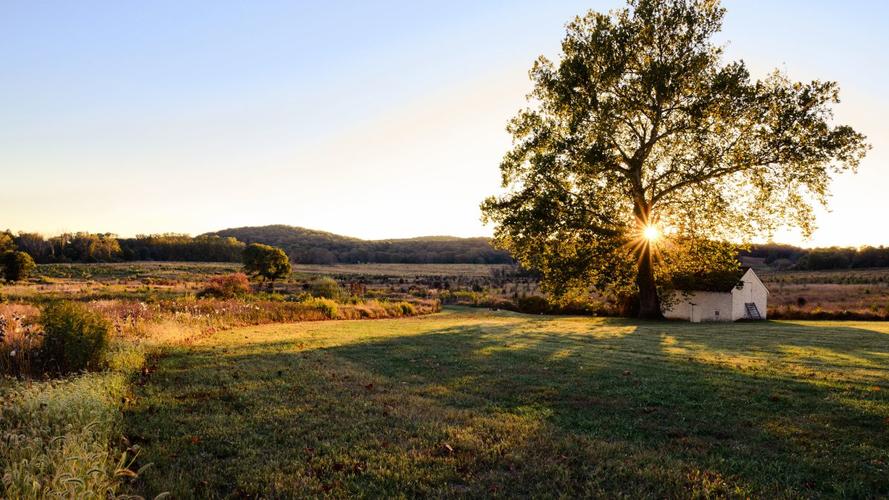Discovering Our Roots: A Visit to the National Museum of African American History and Culture
The National Museum of African American History and Culture is a Smithsonian museum located in Washington, D.C. It is the only national museum devoted exclusively to the documentation of African American life, history, and culture. A visit to this museum is a journey through the centuries-long struggle for freedom, justice, and equality. In this article, we will explore the museum’s exhibits and what they teach us about African American history and culture.
The History Galleries
The museum’s History Galleries cover the period from the transatlantic slave trade to the Civil Rights Movement. The galleries are arranged chronologically, with each floor representing a different era of African American history.
The first floor of the History Galleries covers the period of slavery and the resistance against it. It highlights the brutal conditions of the Middle Passage, the forced transportation of millions of Africans to the Americas, and the resistance against slavery in the United States.
The second floor covers the period from the Civil War to World War II. It tells the story of how African Americans fought to gain equal rights during Reconstruction but faced a backlash that led to the establishment of Jim Crow laws and segregation. The exhibit also showcases the contributions of African Americans to the nation’s culture and economy during this period.
The third floor covers the period from the post-World War II era to the present day. It focuses on the Civil Rights Movement and the ongoing struggle for equal rights and justice. Visitors can see artifacts from famous civil rights leaders and learn about the grassroots movements that brought about change.
Cultural Galleries
The museum’s Cultural Galleries cover the contributions of African Americans to art, music, sports, and other areas of culture. The galleries are arranged thematically, with each one highlighting a different aspect of African American culture.
The Making a Way Out of No Way gallery highlights the contributions of African Americans to the arts, including literature, visual art, and theater. The exhibit features works by famous artists such as Jacob Lawrence, Romare Bearden, and Langston Hughes.
The Power of Place gallery showcases the role that African American communities have played in shaping the nation. Visitors can see artifacts from famous African American neighborhoods such as Harlem and Bronzeville.
The Sports: Leveling the Playing Field gallery highlights the achievements of African American athletes, such as Jesse Owens, Jackie Robinson, and Muhammad Ali. The exhibit also showcases the important role that African American athletes have played in the struggle for civil rights.
Conclusion
A visit to the National Museum of African American History and Culture is a powerful experience that can deepen our understanding of African American history and culture. The exhibits provide a detailed and nuanced portrayal of the struggles and achievements of African Americans over the centuries, while also celebrating their contributions to the nation’s culture and economy. This museum is a must-visit for anyone interested in history or culture, and it is a reminder of the enduring impact that African Americans have had on the United States and the world.




